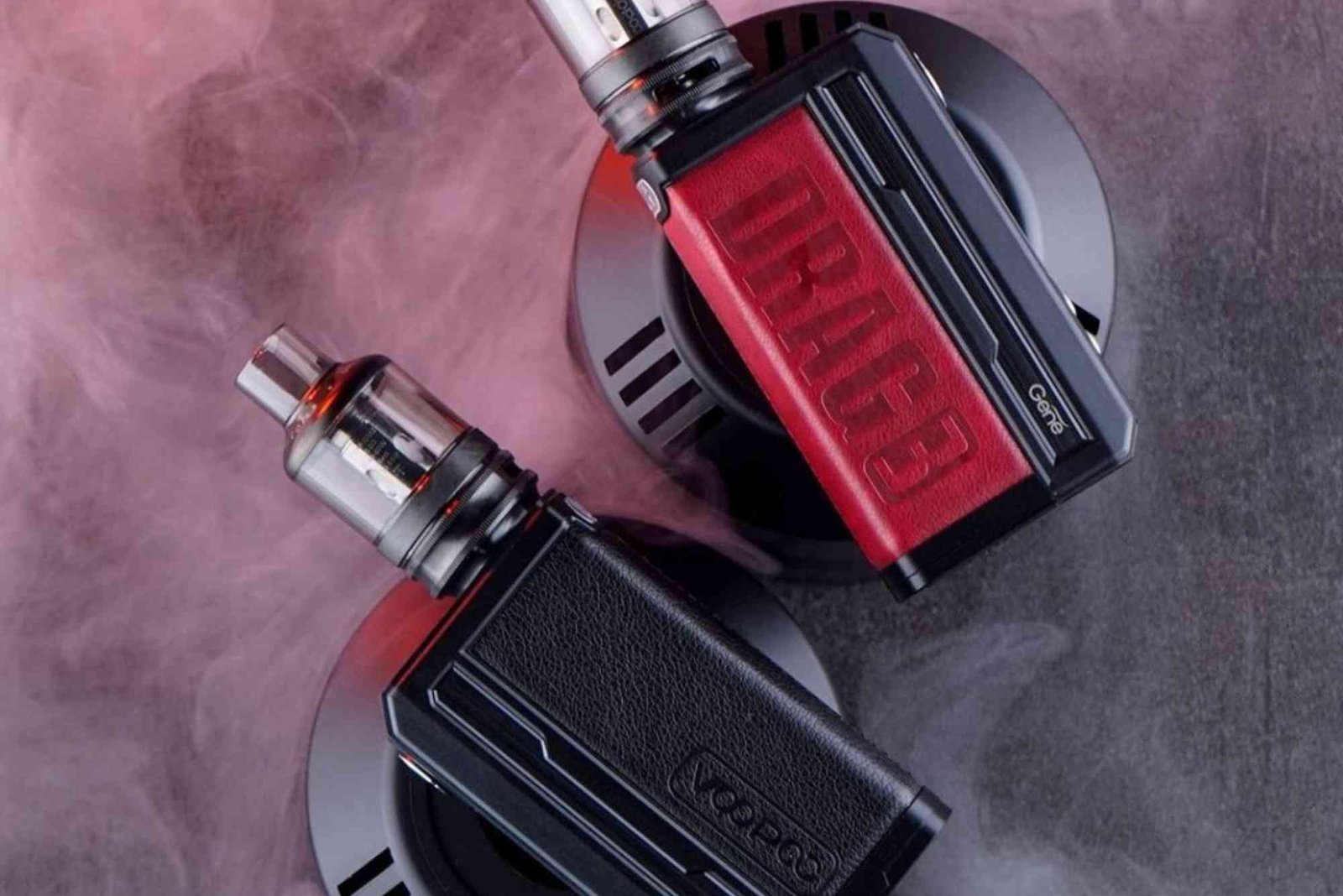The allure of emeralds and rubies has fascinated people for centuries, drawing treasure hunters, miners, and gem enthusiasts into a quest for these precious stones. While traditional mining relies heavily on geological surveys and manual digging, modern technology has opened new possibilities. Gemstone detectors are often marketed as tools capable of identifying these treasures underground, but how accurate are they, and can they really distinguish between different types of gemstones?
Having explored the field of detection technology and spoken with hobbyists and professionals, I’ve gained a clear understanding of where gemstone detectors excel and where limitations still exist.
The Role of Gemstone Detectors in Modern Treasure Hunting
Gemstone detectors are specialized devices designed to locate mineral formations and precious stones beneath the surface. They operate on principles similar to metal detectors, using electromagnetic fields, ion detection, or radar technologies to identify anomalies in the ground. Unlike basic prospecting tools, these detectors are engineered to pick up signals that correspond to gem-rich deposits.
In many cases, gemstone detection technology is integrated into advanced devices that also serve as top metal detectors. This dual capability is especially valuable for professional hunters who want equipment versatile enough to find both metals and gems. The combination of functions means that prospectors can maximize efficiency by scanning for a range of underground targets without switching devices.
How Do Detectors Identify Gemstones Like Emeralds and Rubies?
Emeralds and rubies are part of the beryl and corundum families, respectively, and both exhibit distinct mineral signatures that detectors can sometimes distinguish. The technology doesn’t directly identify “this is an emerald” or “this is a ruby,” but it can detect the unique mineral presence and density patterns associated with such gemstones.
For example, ion-field detectors can sense charged particles in the ground, while 3D imaging detectors generate subsurface maps that highlight irregular formations. When combined with knowledge of local geology, these readings can strongly suggest the presence of gemstones. Professionals often use gemstone detectors as a preliminary tool before confirming finds through excavation and laboratory testing.
The Promise and Limitations of Gemstone Detection
It’s important to be realistic about what gemstone detectors can and cannot do. While they are effective in narrowing down areas likely to contain gemstones, they are not foolproof. Variations in soil composition, moisture, and mineralization can affect accuracy.
In my research, many experienced hunters have emphasized that gemstone detectors should be seen as part of a broader toolkit rather than a standalone solution. They provide direction and valuable hints, but human judgment and additional methods remain essential for accurate identification.
Real-World Applications in Mining and Exploration
Professional mining operations often incorporate gemstone detectors to streamline exploration. Instead of digging blindly, they use detectors to identify promising zones and reduce wasted effort. This is especially useful in regions known for emerald or ruby deposits, where detectors can highlight anomalies for further analysis.
For hobbyists, gemstone detectors bring the thrill of exploration within reach. Whether searching in areas with known gem deposits or simply exploring new terrain, these devices add an extra layer of excitement by making the possibility of discovery tangible.
Case Study: Emerald Hunts in Africa
In parts of Africa, where emerald mining is widespread, gemstone detectors have been used successfully to identify subsurface anomalies consistent with emerald formations. Hunters report that while not every signal results in a find, the technology significantly increases the odds compared to traditional prospecting methods. The same principle applies to rubies, particularly in regions like Myanmar and parts of East Africa, where deposits are common.
Why 3D Imaging Enhances Gemstone Detection
One of the most promising advancements for gemstone detection is 3D imaging technology. Instead of simply alerting hunters to a signal, these devices provide visual representations of underground anomalies. Professionals can use these scans to assess the depth, size, and density of potential targets.
For gemstones, this reduces unnecessary digging and helps hunters make informed decisions about whether a site is worth excavation. It also minimizes the risk of damaging delicate stones during recovery.
Professional vs. Hobbyist Perspectives
From conversations with both professionals and hobbyists, it’s clear that expectations differ. Professionals approach gemstone detectors as strategic tools, combining them with geological surveys and lab analysis. Hobbyists, on the other hand, often seek the thrill of discovery and rely more heavily on detectors to guide them.
Both groups agree, however, that detectors increase efficiency and improve the odds of finding valuable stones. The key is to balance excitement with realistic expectations and understand that technology aids the process but doesn’t guarantee success.
The Future of Gemstone Detectors
As technology continues to evolve, the future looks promising for gemstone detection. Advances in artificial intelligence and machine learning may one day allow detectors to provide more accurate gemstone identification, reducing reliance on post-discovery testing.
Already, some devices are moving toward integrating AI-driven interpretation of subsurface data, which could make them more reliable and user-friendly. For now, though, gemstone detectors remain valuable tools that guide treasure hunters closer to their goals without replacing the need for experience and knowledge.
Final Thoughts
So, can gemstone detectors identify emeralds and rubies underground? The answer is that they can detect the mineral patterns and anomalies associated with these stones, giving hunters a powerful advantage in narrowing down search areas. While they don’t replace geological expertise or laboratory confirmation, they are indispensable tools for anyone serious about gemstone hunting.
For professionals, gemstone detectors streamline exploration and reduce wasted effort. For hobbyists, they add excitement and increase the likelihood of discovery. The key is to use them wisely, understand their strengths and limitations, and combine them with knowledge of geology and terrain.






